New Books on Singapore History
An Unfinished Canvas: Life of Koh Seow Chuan
By Woon Tai Ho
World Scientific Publishing (2024), 352 pages
Call no.: RSING 720.92 WOO
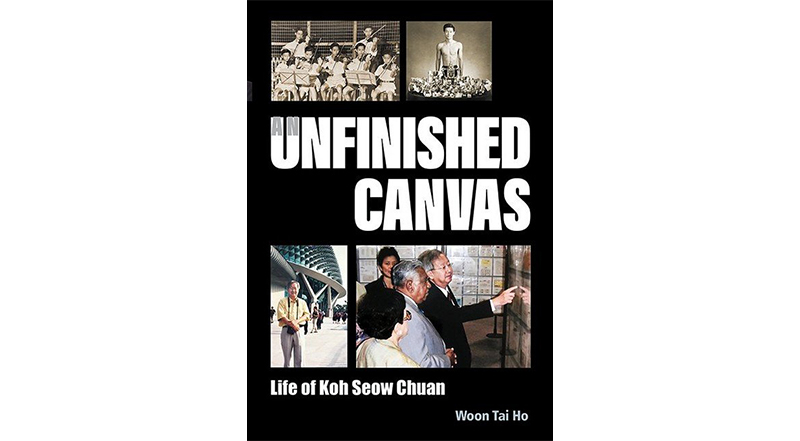
Koh Seow Chuan is a cofounder of DP Architects (formerly Design Partnership), a multinational design firm and one of Singapore’s pioneer architecture firms. An Unfinished Canvas traces his journey as an architect, and also as a stamp collector, a national swimmer and an art collector.
Nationalism and Decolonisation in Singapore: The Malayan Generation, 1953–1963
By Thum Ping Tjin
Routledge (2023), 350 pages
Call no.: RSING 320.54095957 THU
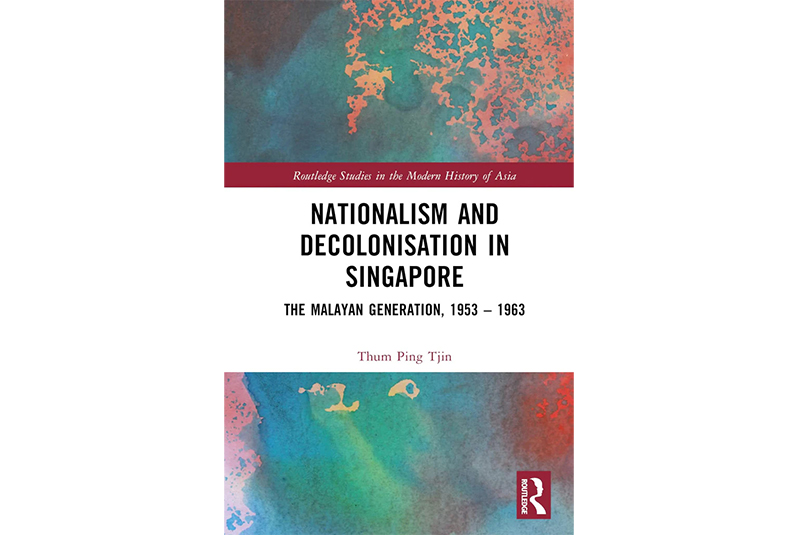
Examining Singapore’s decolonisation movement between 1953 and 1963, historian Thum Ping Tjin argues how the schisms of race, class, language and the meaning of self-determination drove the events of decolonisation, the creation of Malaysia, and Singapore’s subsequent separation from Malaysia. These topics continue to actively shape Singaporean society today.
Once Upon an Island: Images of Singapore (1950–1980) Through the Lens of Dr. Ivan Polunin
By Ivan Polunin, edited by Asmara Rabier
Suntree Media Pte Ltd (2024), 439 pages
Call no.: RSING 959.5705022 POL [HIS]
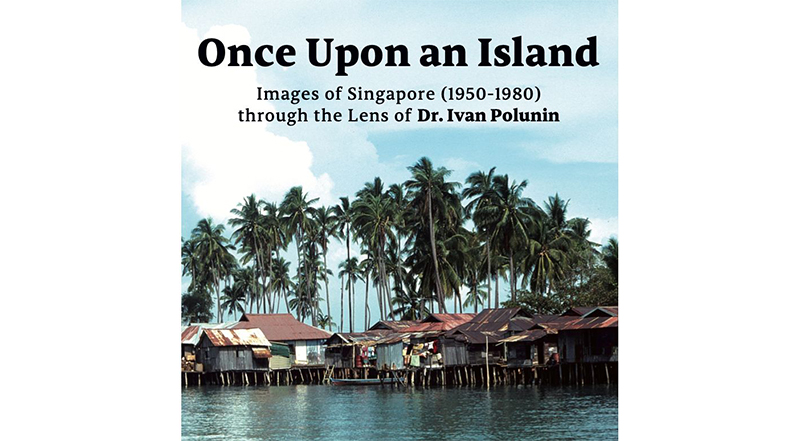
Containing nearly 1,000 iconic images of Singapore from the archives of Dr Ivan Polunin (1920–2010), Once Upon an Island showcases lost customs, crafts, traditions and landscapes that no longer exist in modern-day Singapore. A medical doctor, filmmaker, photographer, and lecturer at the then University of Singapore, Polunin documented the flora and fauna, indigenous tribes, photography, film and traditional folk music of Southeast Asia.
Singaporean Creatures: Histories of Humans and Other Animals in the Garden City
Edited by Timothy P. Barnard
NUS Press (2024), 286 pages
Call no.: RSING 304.2095957 SIN
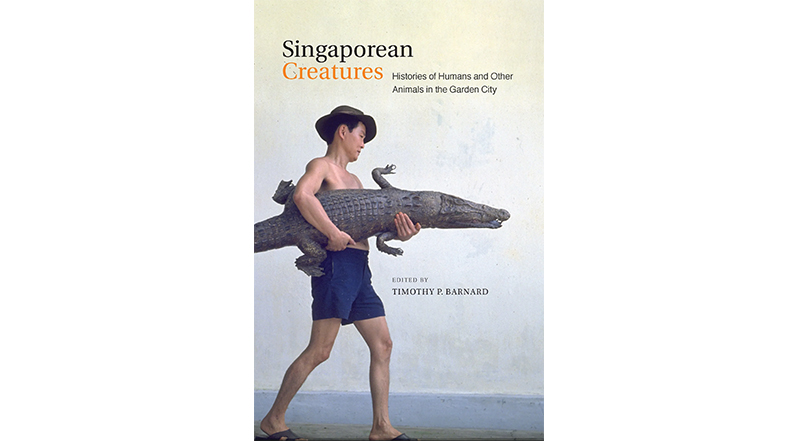
How have human−animal relationships shaped Singaporean society – socially, economically, politically and environmentally – over the last half century? This work of historical and ecological analysis examines the development of Singapore as a modern, urbanised nation-state amid the challenges of planning and development.
To Draw an Idea: Retracing the Designs of William Lim Associates – W Architects
By National Library Board and Urban Redevelopment Authority
National Library Board and Urban Redevelopment Authority (2023), 252 pages
Call no.: RSING 720.95957 TO

To Draw an Idea charts W Architects’ evolution over the last four decades and the design development of its key projects since its founding in 1981 by pioneer local architect William Lim. Featured in the book are more than 200 conceptual sketches, architectural drawings and artefacts from the firm’s archives, along with behind-the-scenes stories of how the firm realised its creative visions.
Tony Tan Keng Yam: My Political Journey
By Tony Tan Keng Yam and Leslie Koh
Straits Times Press (2023), 348 pages
Call no.: RSING 959.5705092 TAN
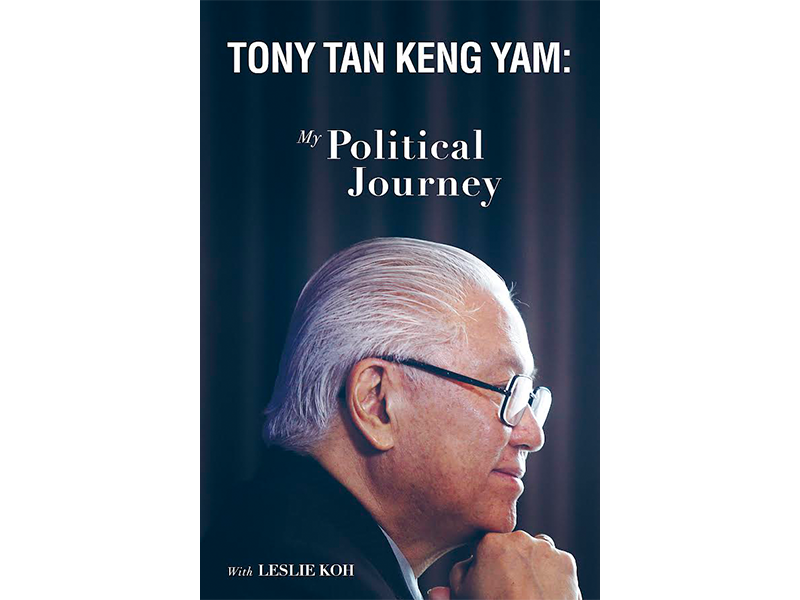
After a career in banking, Dr Tony Tan Keng Yam entered politics in 1979, holding at various times the portfolios of education, defence, finance, health, and trade and industry. In 2011, he contested the presidential election and became Singapore’s seventh president (2011–17). Written from Dr Tan’s point of view, this memoir provides his personal insights and deliberations behind key decisions and policy changes in the areas of education, finance, security and defence, such as the 1979 revamp of the education system, the scrapping of the graduate mothers’ priority scheme and the 1986 Central Provident Fund rate cut.
Knowing Singapore: The Evolution of Published Information in Europe, c.1500–1819
By Benjamin J.Q. Khoo and Peter Borschberg, with an Introduction by Kwa Chong Guan
The Malaysian Branch of the Royal Asiatic Society (2023), 124 pages
Call no.: RSING 303.482595704 KHO
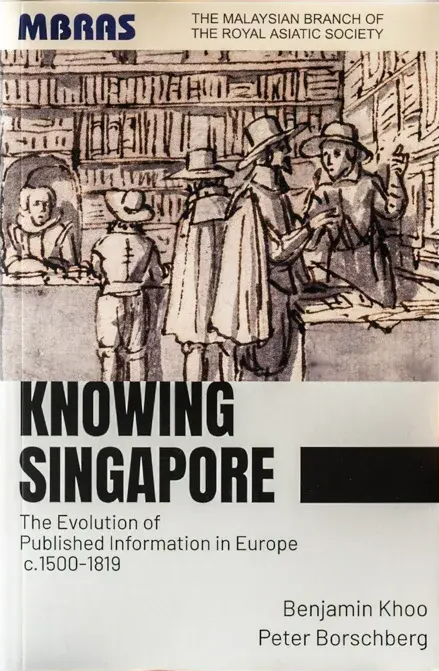
To find out more about Singapore’s early history, Benjamin Khoo and Peter Borschberg examined more than 400 European travel descriptions of Singapore and the region written in Latin and various vernacular languages. Published between 1500 and the early 1800s in encyclopaedias, dictionaries and compendia, these detailed first-hand accounts reveal Singapore’s early role in regional trade in a fresh light.

